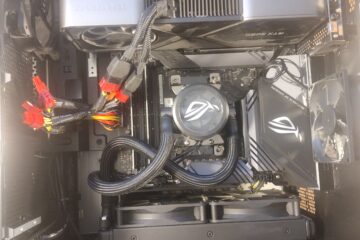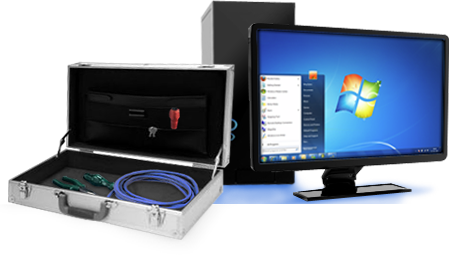Gaming computer made for a customer, Over 100 different fan light combinations possible! Computer Physicians builds and upgrades Gaming Tower computer systems at low cost rates !





### Elevate Your Gaming Experience with Computer Physicians in Longmont, Colorado
Gaming has evolved from a simple pastime into a dynamic and immersive experience, requiring powerful and reliable hardware. Whether you’re a casual gamer or a dedicated enthusiast, having a high-performance gaming computer is essential. That’s where **Computer Physicians in Longmont, Colorado** come in. Specializing in gaming computer services, we offer comprehensive solutions, including upgrades, installation, troubleshooting, and building custom gaming systems tailored to your needs.
#### **1. Upgrades: Stay Ahead of the Curve**
Technology evolves rapidly, and staying ahead in the gaming world means keeping your hardware up-to-date. Computer Physicians offer expert upgrade services to ensure your gaming rig can handle the latest games and software. We can assist with:
– **Graphics Card Upgrades**: Boost your visual experience and performance with the latest GPUs.
– **RAM Expansion**: Increase your system’s memory for smoother multitasking and faster load times.
– **Storage Solutions**: Upgrade to SSDs for quicker boot times and faster game loading.
– **Processor Upgrades**: Enhance your system’s overall speed and performance with the latest CPUs.
#### **2. Installation: Hassle-Free Setup**
Setting up gaming hardware and software can be daunting, especially with the myriad of components and configurations available. Computer Physicians provide hassle-free installation services, ensuring your components are correctly installed and optimized. Services include:
– **Hardware Installation**: Expert installation of CPUs, GPUs, RAM, and storage devices.
– **Software Configuration**: Setting up and configuring operating systems, drivers, and gaming software.
– **Peripheral Setup**: Installation and configuration of gaming peripherals like keyboards, mice, and monitors.
#### **3. Troubleshooting: Quick Solutions to Keep You Gaming**
Experiencing issues with your gaming PC can be frustrating and time-consuming. The skilled technicians at Computer Physicians are adept at diagnosing and resolving a wide range of problems. We can help with:
– **Performance Issues**: Identifying and fixing lag, stuttering, and other performance problems.
– **Hardware Malfunctions**: Troubleshooting and replacing faulty components.
– **Software Conflicts**: Resolving issues with drivers, game installations, and operating systems.
– **Network Problems**: Ensuring stable and fast internet connections for online gaming.
#### **4. Custom Gaming Systems: Tailored to Your Gaming Style**
For gamers seeking the ultimate personalized experience, Computer Physicians offer custom gaming system builds. We work closely with you to design and assemble a PC that meets your specific needs and preferences. Custom build services include:
– **Component Selection**: Advising on the best components based on your gaming requirements and budget.
– **System Design**: Creating a balanced and aesthetically pleasing build that reflects your style.
– **Assembly and Testing**: Expertly assembling your custom PC and rigorously testing it for performance and stability.
#### **Why Choose Computer Physicians?**
– **Expert Knowledge**: With years of experience, our technicians stay up-to-date with the latest gaming technology and trends.
– **Personalized Service**: We take the time to understand your gaming needs and provide tailored solutions.
– **Quality Assurance**: Using only high-quality components and ensuring meticulous assembly and testing.
– **Customer Support**: Offering ongoing support and maintenance to keep your gaming system running smoothly.
We are here to help!
Gaming is more than just a hobby; it’s a passion that requires top-notch hardware and expert support. Computer Physicians in Longmont, Colorado, are dedicated to helping you achieve the best gaming experience possible. Whether you need upgrades, installation, troubleshooting, or a custom-built gaming system, we have the expertise and commitment to meet your needs. Trust Computer Physicians to elevate your gaming experience and keep you at the top of your game.
For more information or to schedule a consultation, visit our website or drop by our Longmont location today!









